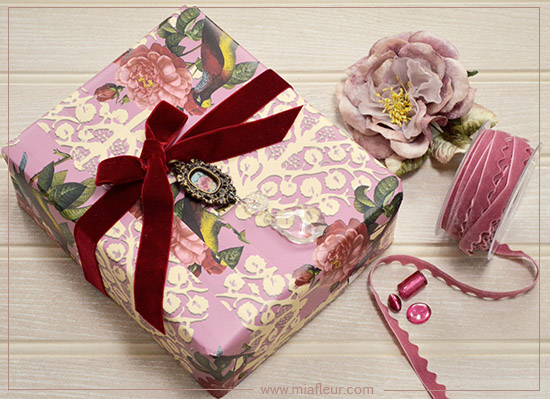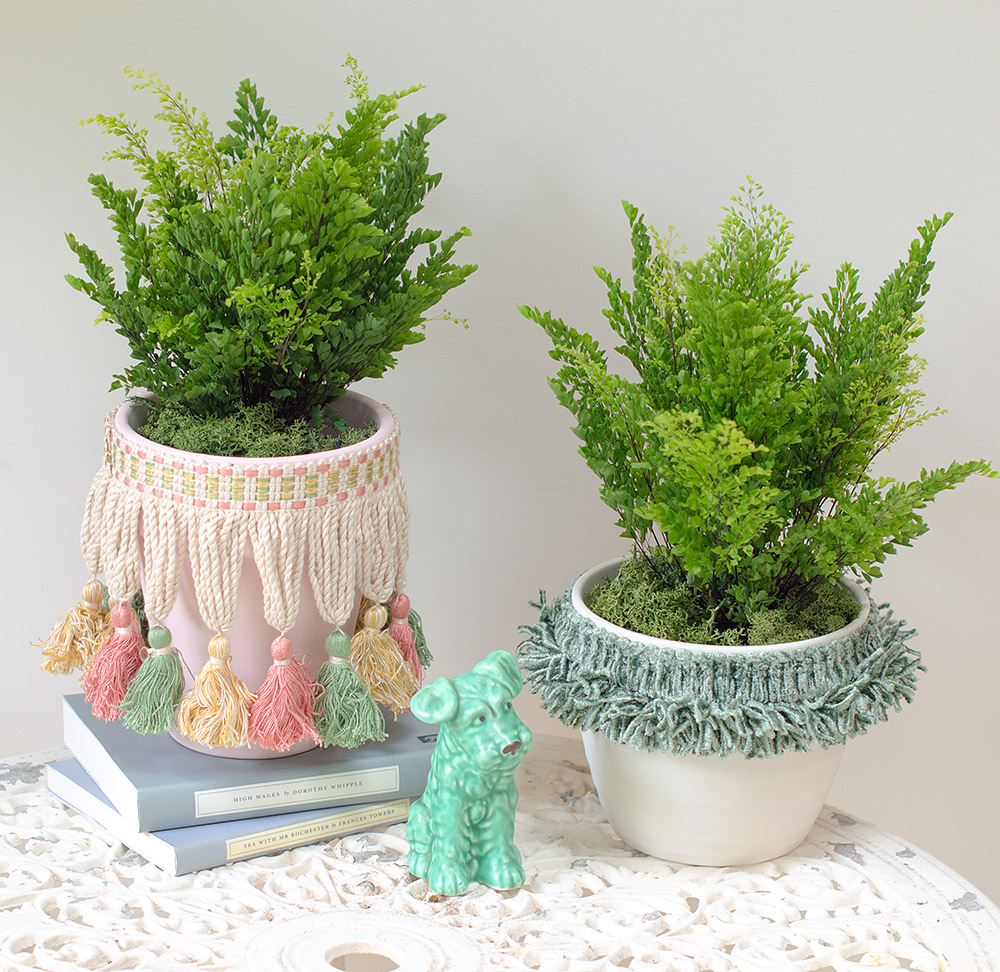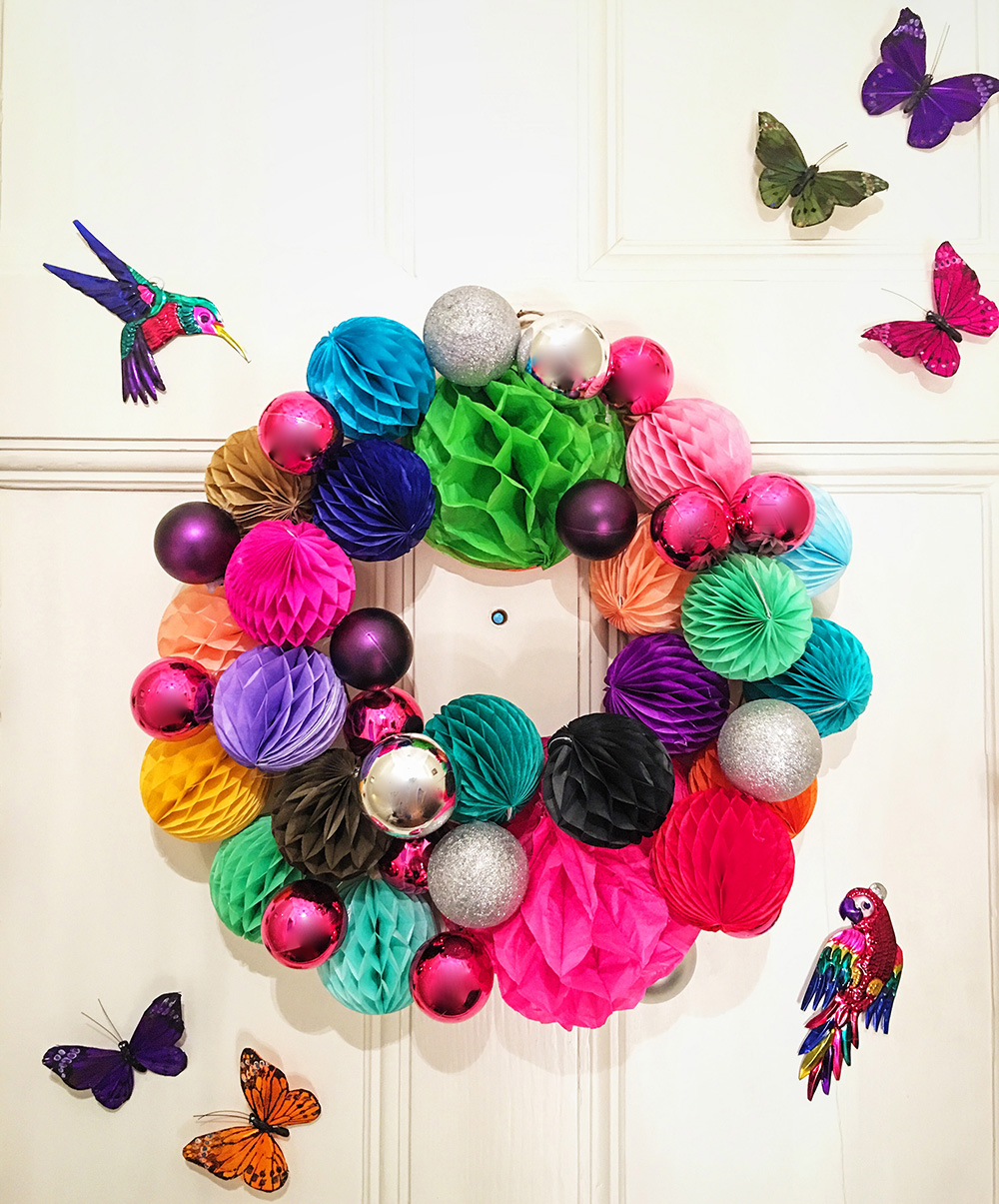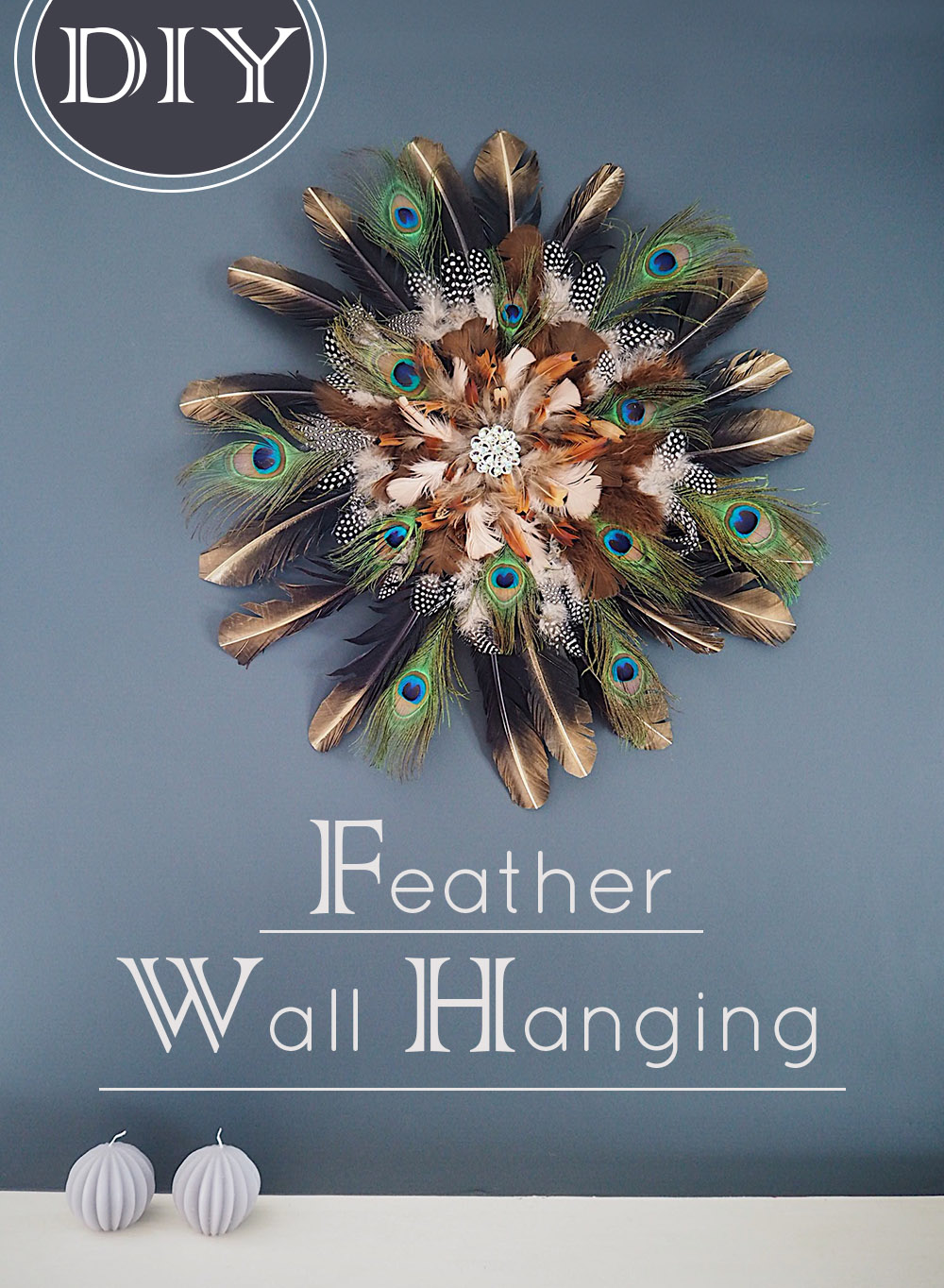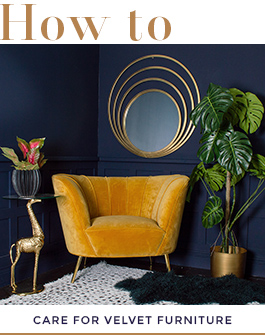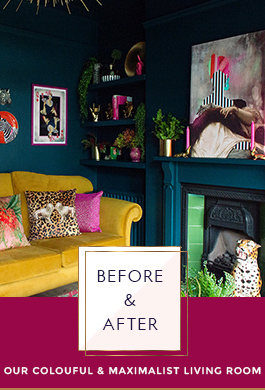How to Upcycle a Sixties Table and Cover it in Fabric
14 Sep 2013
Today, I’m going to share with you how to upcycle a Sixties table by covering it in fabric. Sounds odd, but bear with me!
I bought a pair of 1960’s coffee tables at a charity shop recently although, I have to say, neither of my daughters were impressed with my find. But I, being elderly and possessed of more vision, could see their potential! Because the shapes are so simple they lend themselves well to being adorned with a delicious fabric or wallpaper. It’s a very simple to cover a Sixties table in fabric – the hardest part is choosing the fabric and trim – especially with my large stash.
Materials to cover a table in fabric:
- Fabric
- Trim
- PVA glue
- Various sizes of paintbrush
- Scissors
- Pins
- Damp cloth for keeping your hands free of glue!

1. The legs on my table were in good condition and black so I didn’t need to paint them but if you want to now is the time to do it.
2. Decide how you want the fabric placing on the table and cut round the shape of the table leaving approximately 3cm for turning under.
3. Place an object on one end of the table to stop the fabric slipping as you lift up the other end of the fabric and brush the glue onto the table.
4. Smooth the fabric over to get rid of air bubbles.

5. Fold the loose end of fabric over the glued area and then continue the gluing and smoothing, bit by bit, to ensure you get a smooth finish.
6. The legs of this particular table protrude above the table top so I carefully snipped into the fabric and cut out a piece to enable it to sit snugly around the leg. Repeat for each leg.
7. This table is rounded at the corners, so I cut the corners of the fabric to be rounded too.
8. Glue the wrong side of the excess fabric on the two long lengths of the table and press down onto the underside of the table, making sure it’s stuck well.

9. Snip into the fabric for turning where there are curves or corners on the table so that you can overlap these pieces when gluing.
10. Glue the wrong side of the excess fabric round the curved edges of the table and press down onto the underside of the table, making extra snips in the fabric, if necessary, to enable you to achieve a smooth edge. I like to go over the cut edges underneath with a slight covering of glue to stop fraying.
11. Let the table dry before putting the trim on. As the trim on this table has to butt up to the legs I glued it on in four sections. Cut the trim to size and then glue about 10 cm of trim at a time and press it onto the edge of the table. Use pins (not your best ones) to hold the trim in place while the glue is drying. Put a slight dab of glue on all the cut ends of the trim to stop it unravelling. For a table with a continuous edge cut the trim in one piece and overlap the ends slightly and dab the trim with glue to stop it unravelling.
If you want a harder wearing surface to your table you can cover the entire surface in a thin layer of PVA or Modgepog but glue a scrap of fabric as a test piece first to check you like the effect.

And here’s one I covered earlier, to prove to the girls how different these tables could look with a bit of a re-vamp. Both tables are gorgeous but have their own individual charm – which do you prefer – I would love to know?


I hope you’ve found my post on how to upcycle a Sixties table useful, I’d love to know if you try it!
Audenza x
How to Upcycle a Sixties Table and Cover it in Fabric By Jacqui Brooks
Leave a comment
Your comments make us happy!


